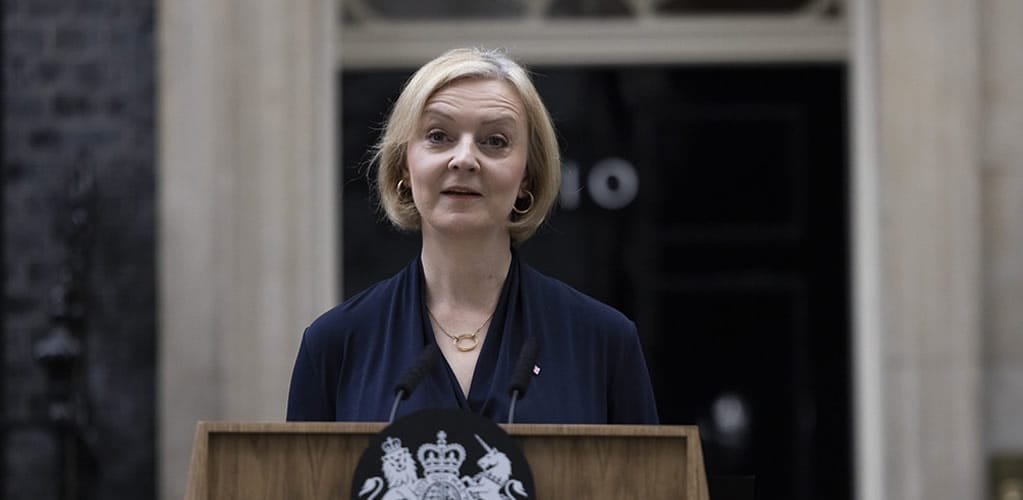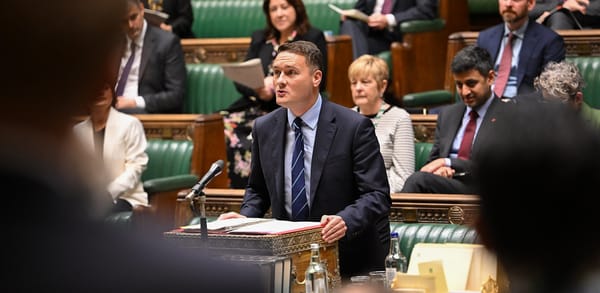Liz Truss: What she got wrong (and what she’s actually right about)
Liz Truss’s short 49-day tenure as UK Prime Minister is marked by her controversial £45 billion “mini-budget” that led to economic turmoil, prompting her resignation. Despite criticism, she remains defiant, blaming independent institutions for hindering radical economic reforms.

Liz Truss’s short 49-day tenure as UK Prime Minister is marked by her controversial £45 billion “mini-budget” that led to economic turmoil, prompting her resignation. Despite criticism, she remains defiant, blaming independent institutions for hindering radical economic reforms.
L iz Truss’s 49 days as UK prime minister will probably be best remembered for her 2022 “mini-budget”. Her plan for £45 billion of unfunded tax cuts led to economic panic, caused chaos on the financial markets, and she was forced to quit her job.
But she still appears to be fairly resolute about her economic philosophy. Busy promoting her new memoir, she has dismissed anyone who blames her for crashing the UK economy as “stupid or malevolent”.
She has also been fiercely critical of two independent institutions she blames for standing in her way – the Office for Budget Responsibility (OBR) and the Bank of England.
But Truss knew the institutional context she was working in, and everything that happened after the mini-budget was entirely predictable. She made a big mistake that affected millions of ordinary people, and has only herself to blame.
She does have a point though, about independent institutions constraining the action of the government. For while these constraints are generally beneficial to the economy, they also make it almost impossible to develop a radical agenda.
And, in a country suffering from massive underinvestment in the public sector, there may be a case for greater flexibility.
Flexibility was what Truss was hoping for on September 23 2022, when her chancellor, Kwasi Kwarteng, presented the government’s “growth plan”. The idea was fairly simple: the UK economy needed a shock to stimulate investment, and that shock would be a series of tax cuts.
If the Truss government had asked the OBR for an assessment of its plans – as all UK governments have done since 2010 – it would probably have concluded that £45 billion of unfunded cuts would not meet the government’s own targets on borrowing and public debt.
What Truss had in mind though was a different model, one in which the tax cuts would pay for themselves by convincing investors to put more of their money into the British economy.
So she decided to go ahead without an OBR assessment. But instead of flocking to the UK economy, investors smelled blood.
If the UK was not on track to meet its rules, it might be facing a period of instability – and investors tend to avoid instability. The pound fell sharply, British companies became less valuable and UK pensions funds were at risk of collapse.
Investors even started betting against the ability of the government to repay its debt.
This is when the Bank of England (independent from the government since 1998) stepped in, putting aside £65 billion to buy up UK government debt, showing investors there was nothing to gain from betting against it.
Fairly quickly, the government then U-turned on most of the mini-budget, the chancellor was sacked and Truss resigned. The British economy could then start licking its wounds, and learn the lessons from a harsh experiment in economics.
One of those lessons is that independent bodies exist for a reason. If the UK is seen as a credible payer of debts, the country can borrow money more cheaply. And when 9.7% of annual government spending goes on debt interest, cheap money makes a huge difference.
Because the Bank of England is independent, everyone trusts it to bring inflation down. And because the Bank is credible, it only had to spend a fraction of the £65 billion it had committed to buy government debt.
Without the independent Bank of England and the OBR, Truss could have tried her plan without institutional constraint. But she would have had to convince investors all over the world of the UK’s economic stability – and they would have had to take her word for it. It is hard to see how she could have succeeded.
Instead, independent institutions, as well as the markets and public finance (fiscal) targets, put the brakes on “Trussonomics”.

— Liz Truss only got 49 days.
Fiscal frustration
But fiscal targets have their problems too. In the UK, there is clearly room for major investment where rivers are filled with sewage, public transport is unreliable, roads are full of potholes and the transition to net zero is falling behind.
And thanks to fiscal targets, subsequent governments have repeatedly cut investment in infrastructure. The Labour Party has already said it will not make ambitious spending plans which might risk the credibility of its fiscal policy should it win the next election. In effect, Keir Starmer would face the same kind of constraints that so frustrated Liz Truss.
Yet fiscal credibility and major investment are not mutually exclusive everywhere.
The EU recently borrowed and invested €2.1 trillion (£1.8 trillion) in long-term projects in infrastructure, energy transition and education. Investors didn’t baulk at that level of borrowing because they trust in the EU as an institution which can ensure national governments will spend the money wisely.
The US invested a similar amount on infrastructure and social spending and another US$369 billion (£296 billion) to support green industries. The market did not panic here either, because the US is the US. It is too big to fail.
But the UK is not too big to fail. Nor can it rely on the valuable backing of the EU. For any UK prime minister, borrowing money is currently very expensive, and large investment programmes, however much they are needed, would appear to be off the table for now – just as large tax cuts were for Liz Truss.

GOING FURTHER
Ten Years to Save the West: Lessons from the only conservative in the room, by Liz Truss
Truss at 10, by Anthony Seldon
Out of the Blue: The inside story of the unexpected rise and rapid fall of Liz Truss, by Harry Cole & James Heale
Sources:
▪ This piece was originally published in The Conversation and re-published in PUBLIC SQUARE UK on 19 April 2024. | The author writes in a personal capacity.
▪ Cover: Flickr/Number 10. (Licensed under a Creative Commons Attribution-ShareAlike 4.0 International License.)






[Read our Comments Guidelines]